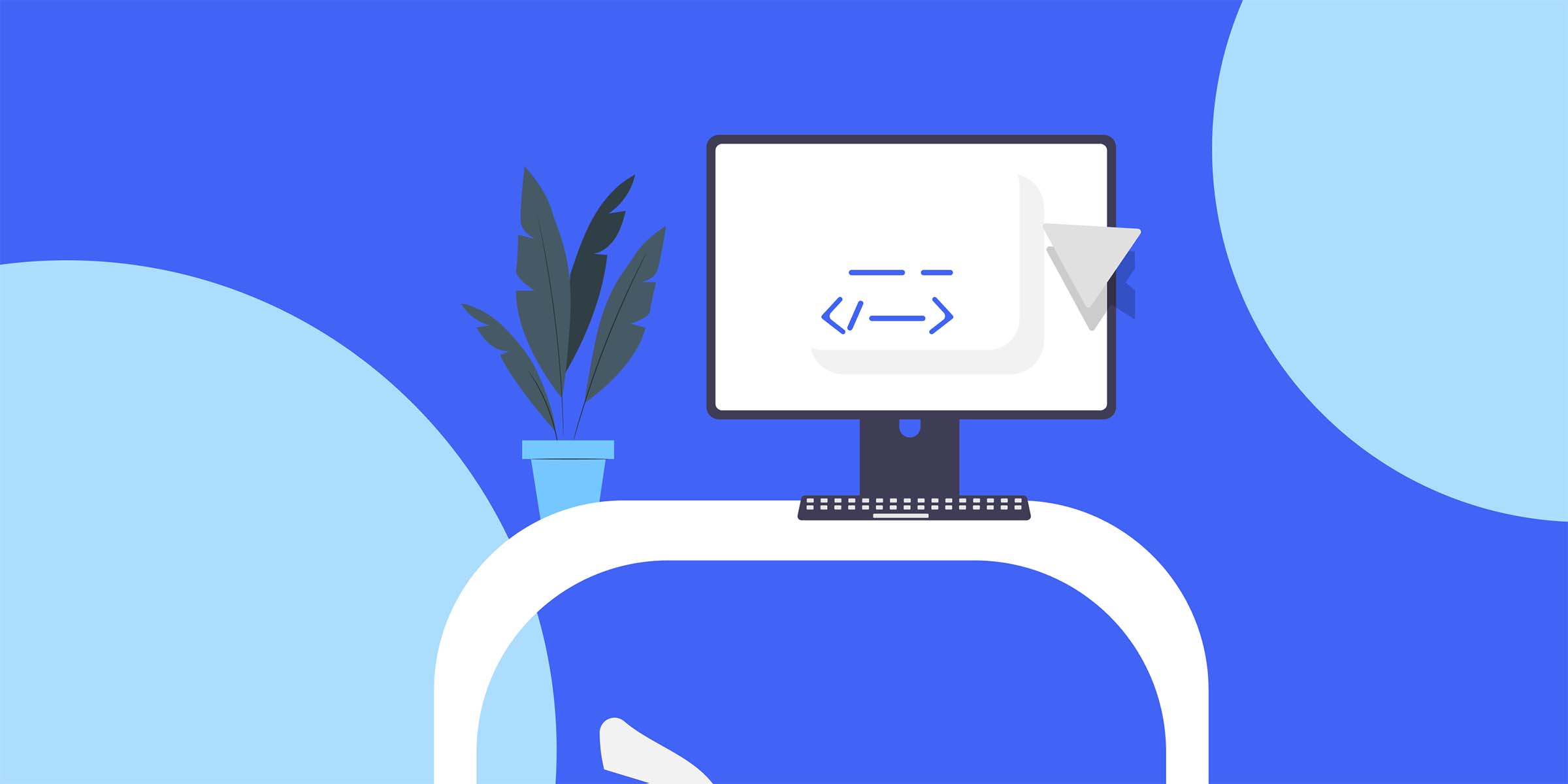Residential Proxies
Allowlisted 200M+ IPs from real ISP. Managed/obtained proxies via dashboard.

Proxies
Residential Proxies
Allowlisted 200M+ IPs from real ISP. Managed/obtained proxies via dashboard.
Residential (Socks5) Proxies
Over 200 million real IPs in 190+ locations,
Unlimited Residential Proxies
Use stable, fast, and furious 700K+ datacenter IPs worldwide.
Static Residential proxies
Long-lasting dedicated proxy, non-rotating residential proxy
Dedicated Datacenter Proxies
Use stable, fast, and furious 700K+ datacenter IPs worldwide.

Web Unblocker
View content as a real user with the help of ABC proxy's dynamic fingerprinting technology.
Proxies
API
Proxy list is generated through an API link and applied to compatible programs after whitelist IP authorization
User+Pass Auth
Create credential freely and use rotating proxies on any device or software without allowlisting IP
Proxy Manager
Manage all proxies using APM interface

Proxies
Residential Proxies
Allowlisted 200M+ IPs from real ISP. Managed/obtained proxies via dashboard.
Starts from
$0.77/ GB
Residential (Socks5) Proxies
Over 200 million real IPs in 190+ locations,
Starts from
$0.045/ IP
Unlimited Residential Proxies
Use stable, fast, and furious 700K+ datacenter IPs worldwide.
Starts from
$79/ Day
Rotating ISP Proxies
ABCProxy's Rotating ISP Proxies guarantee long session time.
Starts from
$0.77/ GB
Static Residential proxies
Long-lasting dedicated proxy, non-rotating residential proxy
Starts from
$5/MONTH
Dedicated Datacenter Proxies
Use stable, fast, and furious 700K+ datacenter IPs worldwide.
Starts from
$4.5/MONTH
Knowledge Base
English
繁體中文
Русский
Indonesia
Português
Español
بالعربية

Are you interested in learning how to scrape data from Wikipedia? Wikipedia is a vast source of information, and scraping data from it can provide valuable insights for research, analysis, or various projects. In this blog, we will guide you through the process of scraping Wikipedia data effectively, from selecting the right tools to understanding the ethical considerations involved. Let's dive in!
Web scraping is the process of extracting information from websites. When it comes to Wikipedia, scraping data allows you to collect structured data such as article content, references, images, and more. This data can be used for academic research, content creation, market analysis, and many other purposes.
When it comes to scraping Wikipedia data, there are several tools available that can help streamline the process. Popular tools like Beautiful Soup, Scrapy, and Selenium are commonly used for web scraping tasks. These tools offer features that enable you to extract specific data elements from Wikipedia pages efficiently.
Beautiful Soup is a Python library that makes it easy to scrape information from web pages. Below are the steps to scrape Wikipedia data using Beautiful Soup:
1. **Install Beautiful Soup**: Begin by installing Beautiful Soup using pip, a package installation tool for Python.
2. **Import Necessary Libraries**: Import the required libraries such as Beautiful Soup, requests, and urllib.
3. **Fetch the Wikipedia Page**: Use the requests library to fetch the Wikipedia page you want to scrape.
4. **Parse the HTML Content**: Parse the HTML content of the page using Beautiful Soup.
5. **Extract Data**: Identify the specific elements you want to extract from the page, such as headings, paragraphs, or tables.
6. **Store Data**: Store the extracted data in a structured format for further analysis or use.
While scraping data from Wikipedia can be valuable, it's essential to be mindful of ethical considerations. Wikipedia has guidelines and policies in place to prevent excessive or unauthorized scraping of its content. When scraping Wikipedia data, ensure that you are not violating any terms of service and respect the website's guidelines on automated access.
To scrape Wikipedia data effectively and responsibly, consider the following best practices:
1. **Respect Robots.txt**: Check the website's robots.txt file to understand any crawling restrictions.
2. **Limit Requests**: Avoid making too many requests to the website in a short period to prevent server overload.
3. **Monitor Changes**: Regularly monitor the website for any changes in structure or content that may impact your scraping process.
4. **Cite Sources**: If you use Wikipedia data in your research or projects, remember to cite the sources properly to give credit to the original authors.
In conclusion, scraping data from Wikipedia can provide valuable insights and information for various purposes. By using the right tools, following ethical guidelines, and implementing best practices, you can scrape Wikipedia data effectively and responsibly. Whether you are a researcher, developer, or data enthusiast, leveraging Wikipedia data through web scraping can enhance your projects and analyses.
Featured Posts
Popular Products
Residential Proxies
Allowlisted 200M+ IPs from real ISP. Managed/obtained proxies via dashboard.
Residential (Socks5) Proxies
Over 200 million real IPs in 190+ locations,
Unlimited Residential Proxies
Use stable, fast, and furious 700K+ datacenter IPs worldwide.
Rotating ISP Proxies
ABCProxy's Rotating ISP Proxies guarantee long session time.
Residential (Socks5) Proxies
Long-lasting dedicated proxy, non-rotating residential proxy
Dedicated Datacenter Proxies
Use stable, fast, and furious 700K+ datacenter IPs worldwide.
Web Unblocker
View content as a real user with the help of ABC proxy's dynamic fingerprinting technology.
Related articles

What are some free web scraping tools
This article reviews 5 types of free web scraping tools, analyzes their core functions and applicable scenarios, and discusses how to improve data collection efficiency in combination with proxy IP.

How to efficiently extract image data from URL
This article explores the technical logic and efficiency optimization of URL image extraction, analyzes the core role of proxy IP in data crawling, and introduces how abcproxy can improve the stability and success rate of image collection through professional proxy services.